Topotecan hydrochloride
- CAS NO.:119413-54-6
- Empirical Formula: C23H24ClN3O5
- Molecular Weight: 457.91
- MDL number: MFCD00866235
- EINECS: 601-607-9
- SAFETY DATA SHEET (SDS)
- Update Date: 2024-11-28 18:20:31
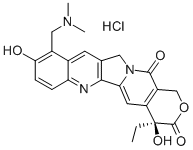
What is Topotecan hydrochloride?
Description
Topotecan is a chemotherapeutic agent medication and acts as a topoisomerase inhibitor. Topotecan is asynthetic, water-soluble analog of camptothecin. It is used in the form of its hydrochloride salt to treat ovarian cancer, lung cancer and other cancer types.
Chemical properties
White Crystalline Solid
Originator
Hycamtin,SmithKline Beecham Pharmaceuticals,UK
The Uses of Topotecan hydrochloride
A DNA topoisomerase I inhibitor; semisynthetic analog of Camptothecin. Antineoplastic. Topotecan hydrochloride is a chemotherapy agent that is a topoisomerase 1 inhibitor.
The Uses of Topotecan hydrochloride
Naturally occurring amino acid; precursor of tetrapyrroles in the biosynthesis of chlorophyll and heme. Antineoplastic (photosensitizer)
The Uses of Topotecan hydrochloride
antineoplastic; topoisomerase I inhibitor
What are the applications of Application
Topotecan Hydrochloride Labeled d6 is an isotope labeled Topo I inhibitor
What are the applications of Application
Topotecan Hydrochloride is a water-soluble inhibitor of DNA Topo I
Manufacturing Process
Camptothecin (CPT) - a compound isolated from the bark, leaves and fruit of
Camptotheca acuminate (Wall M. E. et al., J. Am. Chem. Soc. 88, 3888,
1966).
10-Hydroxycamptothecin (10-HCPT) was prepared by subjecting CPT (3.2 g
0.0092 mol), 0.8 g of Pt0 (prepared by pre-reduction of 8 g of amorphous
PtO2 in 80 ml of acetic acid for 1.5 h under 1 atm hydrogen pressure) and
acetic acid to 1 atm of H2 for 8.5 h after which theoretical amount of H2
absorbed (slightly more than 0.4 L) and uptake of H2 gets slowed down. The
reaction mixture was degassed under steam of helium and filtered through
celite and washed with acetic acid (20 ml). The resulting solution was treated
immediately with Pb(OAc)4 (6.4 g 0.014 mol) in portions and reaction
mixture, stirred vigorously under helium for 30 min. Gumy residue was
obtained on evaporation of solvent which was triturated with cold water (100
ml) to produce light brown solid. The solid was collected, washed with cold
water and air dried overnight when a mixture of 10-HCPT (44%), acetyl 10-
hydroxycamptothecin (10-AcHCPT, 26%) and unreacted CPT (32%) on HPLC
basis was obtained. This crude mixture was combined with 150 ml of 50%
acetic acid and heated under reflux conditions overnight. The reaction mixture
was cooled, concentrated to 20 ml and treated with cold water (100 ml) to
produce precipitate, which is filtered, washed with more cold water and dried
to afford 2.1 g of solid containing 10-HCPT (70%), 10-AcCPT (1.2%) and CPT
(21.3%) on the basis HPLC. Mixture was triturating with 0.5% aq HCl to
dissolve the water-soluble. When insoluble CPT was removed by filtration.
Water-soluble was extracted with chloroform and crystallized from boiling
solution of 20% of MeOH in CHCl3 by adding EtOAC dropwise until turbidity
appeared to obtain pure yellow 10-(HCPT), melting point 268°-270°C.
10-HCPT (0.364 g 0.01 mmol) and 40% aqueous dimethylamine (12 ml) was
added in dichloromethane (50 ml) in which anhydrous potassium carbonate
(2.17 g, 15 mmol) has been suspended. The reaction mixture was stirred at
room temperature for 5 h, then filtered and solid extracted with ethylacetate
(20 ml). The solvent is evaporated in vacuo giving a residue. The residue was
triturated with 0.5% aq HCl (50 ml) to dissolve the water-soluble adduct.
Water-soluble were partitioned with petroleum ether (3 times 50 ml) and
followed by ethylacetate (3 times 50 ml). The aqueous layer was lyophilized
as an off white hydrochloride salt of 9-[(dimethylamino)methyl]10-
hydroxy(20S)-camptothecin (topotecan hydrochloride) yield 0.236 g (65%).
brand name
Topotecan is INN and BAN.
Therapeutic Function
Antineoplastic
General Description
Topotecan is supplied in 4-mg vials and administered IV forthe treatment of ovarian cancer, cervical cancer, and smallcell lung cancer in those patients who did not respond tofirst-line therapy. Following IV administration, the drug iswidely distributed with 10% to 35% of the agent bound toplasma proteins. There is evidence that the agent may crossthe blood-brain barrier to some extent. In plasma, an equilibriumis established between the lactone and the less activehydroxy acid with 20% of the drug present as the lactone 1hour after the infusion is complete. In contrast to irinotecan,both the lactone and the hydroxy acid bind equally well tohuman serum albumin. N-Demethylation of the tertiaryamine to give the secondary amine is mediated by CYP3A4and represents a minor route of metabolism. Glucuronidationof the parent and the phase I metabolites also occurs to a limited(10%) extent.Elimination occurs primarily in theurine, with 30% of the dose being recovered as unchangeddrug. The terminal elimination half-life is 2 to 3 hours. Themajor toxicity seen for topotecan is dose-limiting myelosuppression.Nausea and vomiting are seen in most (70%–80%)patients, along with diarrhea and abdominal pain. Other toxicitiesinclude headache myalgias, alopecia and elevation ofserum transaminases, alkaline phosphatases, and bilirubin.Microscopic hematuria (blood in the urine) may also be seen.
Biological Activity
topotecan hcl(skf104864)is an inhibitor of topoisomerase 1 and semisynthetic analogue of camptothecin [1].topotecan hcl(skf104864)has been reported to have a potent antitumor activity against tumors in murine models. in addition, topotecan hcl has also shown the potent effect against intravenously implanted p388 leukemia and both intravenously and subcutaneously implanted lewis lung carcinoma. topotecan hcl has noted the activity against subcutaneously implanted solid tumors including chemorefractory tumors and human colon carcinoma xenograft ht-29. topotecan hcl has been found to induce regressions in the lung tumor model (lewis lung carcinoma and b16 melanoma), compared to camptothecin and 9-amino-camptothecin. in the preclinical toxicology studies, topotecan hcl has been revealed to have a concentration-dependent, reversible and limited toxoicity to rapidly proliferation tissues such as bone marrow and gastro-intestinal epithelium [1].
Pharmacokinetics
Topotecan elimination is biphasic, with a terminal half-life of 2.0 to 3.5 hours. Lactone hydrolysis is rapid, and binding to serum proteins is limited to between 25 and 40%. CYP3A4-mediated N-dealkylation to mono?and didealkylated metabolites occurs to a limited extent, and the O-glucuronides that form at multiple points along the metabolic path are excreted via the kidney.
Clinical Use
This active camptothecin analogue is used by the IV route in the treatment of ovarian and small cell lung cancer that has not responded to first-line therapy.
storage
Store at -20°C
References
[1] creemers gj1, lund b, verweij j. topoisomerase i inhibitors: topotecan and irenotecan. cancer treat rev. 1994 jan;20(1):73-96.
Properties of Topotecan hydrochloride
| Melting point: | 213-218°C |
| storage temp. | Sealed in dry,Room Temperature |
| solubility | DMSO (Slightly), Methanol (Slightly), Water (Slightly) |
| form | Light yellow to greenish powder. |
| color | White to Off-White |
| Stability: | Hygroscopic |
| CAS DataBase Reference | 119413-54-6(CAS DataBase Reference) |
Safety information for Topotecan hydrochloride
Computed Descriptors for Topotecan hydrochloride
Topotecan hydrochloride manufacturer
New Products
Cycloleucine 1-Amino-1-cyclohexanecarboxylic acid 6-Bromo-3-iodo-1-methyl-1H-indazole 3-(2,4-Dimethoxybenzyl)dihydropyrimidine-2,4(1H,3H)-dione 7-Bromo-1H-indazole ELECTROLYTIC IRON POWDER 1-(2-Ethoxyethyl)-2-(piperidin-4-yl)-1H-benzo[d]imidazole hydrochloride Decanonitrile tert-butyl 4-(1H-benzo[d]iMidazol-2-yl)piperidine-1-carboxylate N,N'-diallyl-1,3-diaminopropanedihydrochloride 4-Ethylbenzylamine N-(5-Amino-2-methylphenyl)acetamide Methyl 5-bromo-2-chloro-3-nitrobenzoate 2-Chloro-3-nitropyridine 5-Bromo-2,3-dimethoxypyridine 2-methoxy-4-methyl-5-nitro pyridine 2-iodo-5-bromo pyridine methyl 6-chloro-2-(chloromethyl)nicotinate 2-amino-4-methyl-5-nitro pyridine 5-Fluoro-2-Oxindole (S)-1-(tert-butoxycarbonyl)-4-oxopyrrolidine-2-carboxylic acid Diethyl phosphite 8-hydroxy-2,2,14,14-tetramethylpentadecanedioic acid 2,3-dibromopropan-1-olRelated products of tetrahydrofuran
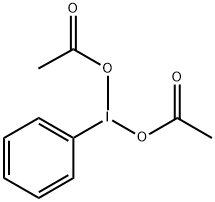
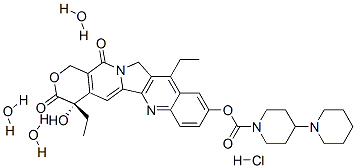
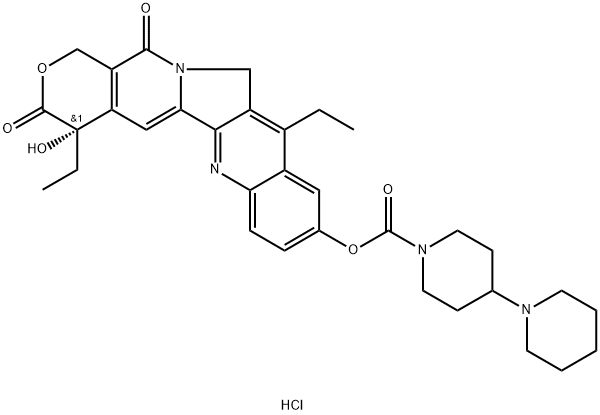

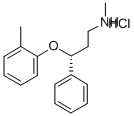
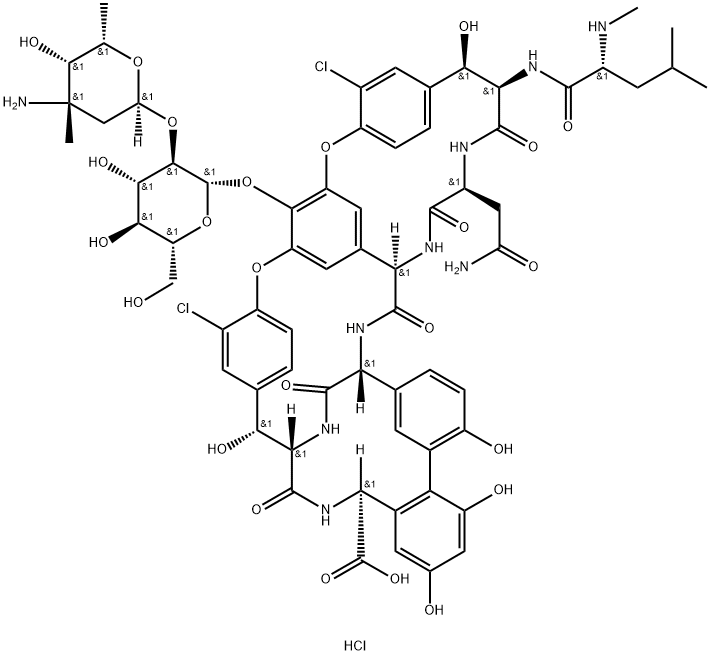
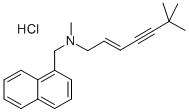
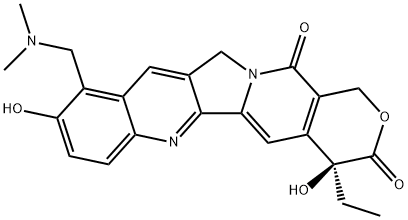
You may like
-
 119413-54-6 Topotecan hydrochloride 99%View Details
119413-54-6 Topotecan hydrochloride 99%View Details
119413-54-6 -
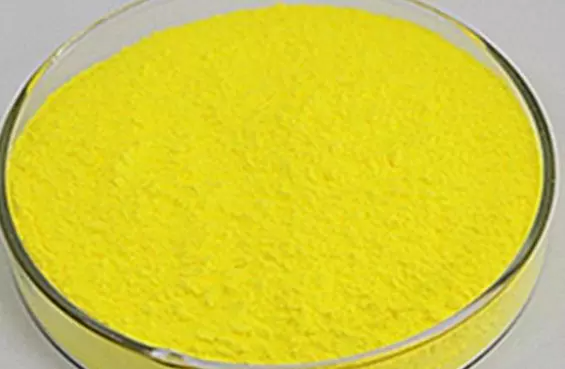 119413-54-6 98%View Details
119413-54-6 98%View Details
119413-54-6 -
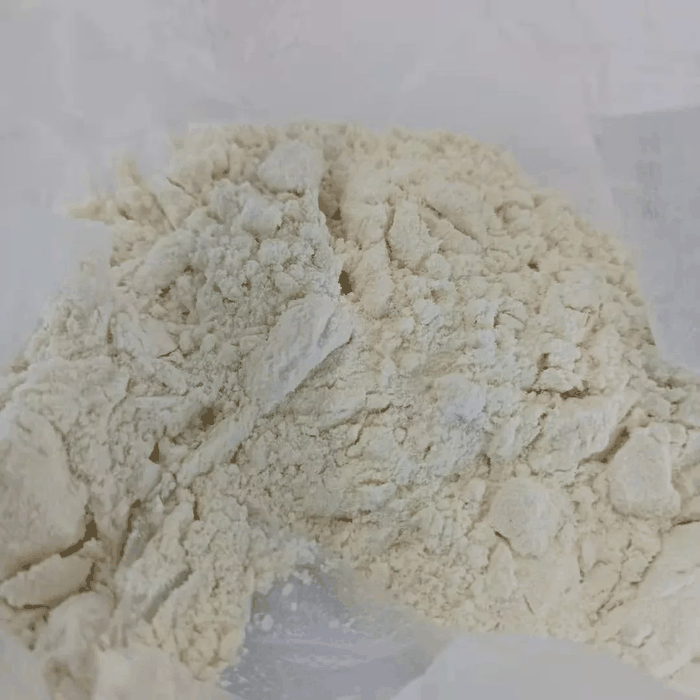 Topotecan hydrochloride 98%View Details
Topotecan hydrochloride 98%View Details
119413-54-6 -
 Topotecan hydrochloride 98%View Details
Topotecan hydrochloride 98%View Details
119413-54-6 -
 Topotecan HCl 97% CAS 119413-54-6View Details
Topotecan HCl 97% CAS 119413-54-6View Details
119413-54-6 -
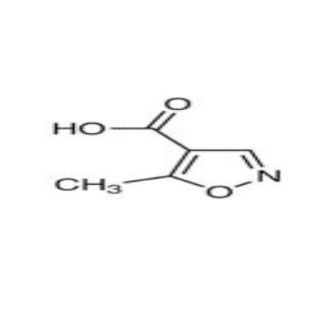 42831-50-5 (5-METHYLISOXAZOLE-4-CARBOXYLIC ACID)View Details
42831-50-5 (5-METHYLISOXAZOLE-4-CARBOXYLIC ACID)View Details
42831-50-5 -
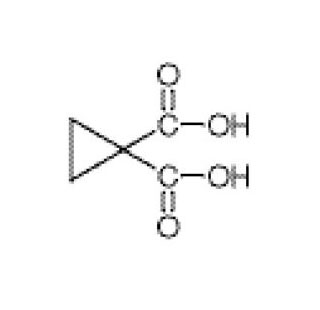 598-10-7 (1,1-Cyclopropanedicarboxylic Acid)View Details
598-10-7 (1,1-Cyclopropanedicarboxylic Acid)View Details
598-10-7 -
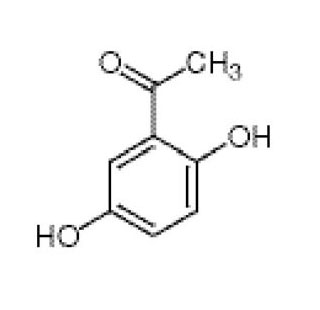 490-78-8 (2′,5′-Dihydroxyacetophenone)View Details
490-78-8 (2′,5′-Dihydroxyacetophenone)View Details
490-78-8